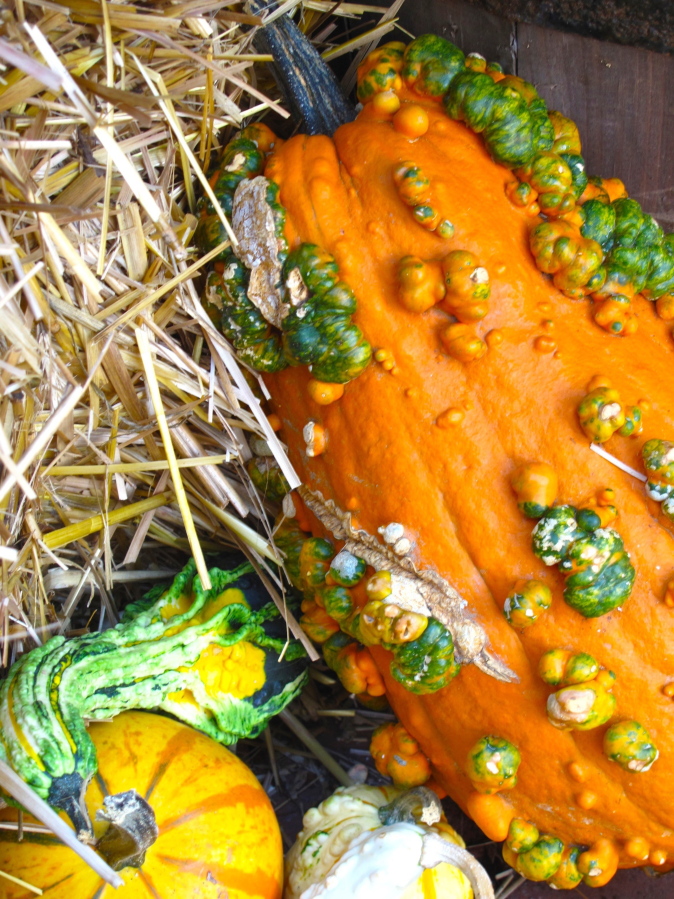Winter squash is finally nearing maturity after spending 80 to 100 days growing in the family garden. What is not generally known, though, is that these hard-shelled vegetables can be such softies when handled. That increases the odds of spoilage while they’re in storage.
“Broken skin allows bacteria to enter into the sweet interior and multiply like crazy by digesting the sugars and thus rotting the fruit,” said Jim Muck of the Agricultural Sustainability Institute at the University of California, Davis.
The longer that squash remains in the garden, the greater the risk, said Alexandra Stone, a horticulturist with Oregon State University.
“Once they reach that harvestable stage, it is best to get them out of the field, as they are prone to sunburn, rodent damage, cracking and other problems,” she said.
If nothing else, they should be harvested before the first hard frost.
“Very low temperatures will cause the water in the squash cells to freeze, which breaks the cell walls of the fruit and causes the flesh to turn to mush,” Muck said.
Different squash varieties mature at different rates. Use the thumbnail test as a reliable, quick and easy indicator, Muck said: Try to stick your thumbnail through the rind. If your thumbnail easily penetrates the skin of the squash, then the fruit is not mature. If the squash resists the pressure, it’s time to harvest.
When done properly, home storage can keep winter squash optimal for eating for up to six months after being harvested. The Big Three storage requirements are temperature, humidity and ventilation.
Store the squash in a shed, basement, breezeway, enclosed porch or garage at 50 to 55 degrees. “Winter squash are damaged at temperatures below 50 degrees, and once damaged start to rot,” Muck said.
Humidity should be kept at 50 to 60 percent.
Other storage suggestions include:
• Curing. Hold the squash at 70 degrees for 10 days and then move it into cold storage at 50 to 55 degrees. “Squash will store longer if they are cured first,” Muck said.
• Dispense with washing. “Washing shortens the time they will last in storage because it removes the natural waxy coating the squash develops as they mature,” Muck said. “Use brushes to remove the surface soil.”
Know which varieties store the longest. Acorn squash, for example, does not need curing and will not store very long no matter what the conditions.
“Eat them first of all the winter squashes,” Muck said.
Butternut squash will remain in prime condition for two to three months when stored, while turban, Hubbard and sweet meat squash will retain its optimal flavors for up to six months.
Acorns and delicatas are generally ripe if harvested at maturity, while kabochas, buttercups and butternuts need to ripen after harvest for best eating quality, Stone said.



